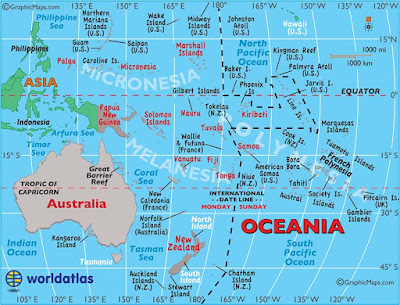Blood Falls!!
Blood Falls is an outflow of an iron oxide-tainted plume of saltwater, flowing from the tongue of Taylor Glacier onto the ice-covered surface of West Lake Bonney in the Taylor Valley of the McMurdo Dry Valleys in Victoria Land, East Antarctica.
The salt content of the subglacial lake under Blood Falls is three times saltier than seawater and too salty to freeze.
The reddish deposit was found in 1911 by the Australian geologist Griffith Taylor, who first explored the valley that bears his name.
The Antarctica pioneers first attributed the red color to red algae, but later it was proven to be due to iron oxides.
Chemical and microbial analyses both indicate that a rare subglacial ecosystem of autotrophic bacteria developed that metabolizes sulfate and ferric ions. According to geomicrobiologist Jill Mikucki at the University of Tennessee, water samples from Blood Falls contained at least 17 different types of microbes, and almost no oxygen.
An explanation may be that the microbes use sulfate as a catalyst to respire with ferric ions and metabolize the trace levels of organic matter trapped with them. Such a metabolic process had never before been observed in nature.
A puzzling observation is the coexistence of Fe2+ and SO2−4 ions under anoxic conditions. No sulfide anions (HS−) are found in the system.
This suggests an intricate and poorly understood interaction between the sulfur and the iron biochemical cycles.
In December 2014, scientists and engineers led by Mikucki returned to Taylor Glacier and used a probe called IceMole, designed by a German collaboration, to melt into the glacier and directly sample the salty water (brine) that feeds Blood Falls.
Iron-rich hypersaline water sporadically emerges from small fissures in the ice cascades.
The saltwater source is a subglacial pool of unknown size overlain by about 400 metres (1,300 ft) of ice several kilometers from its tiny outlet at Blood Falls.




Comments
Post a Comment